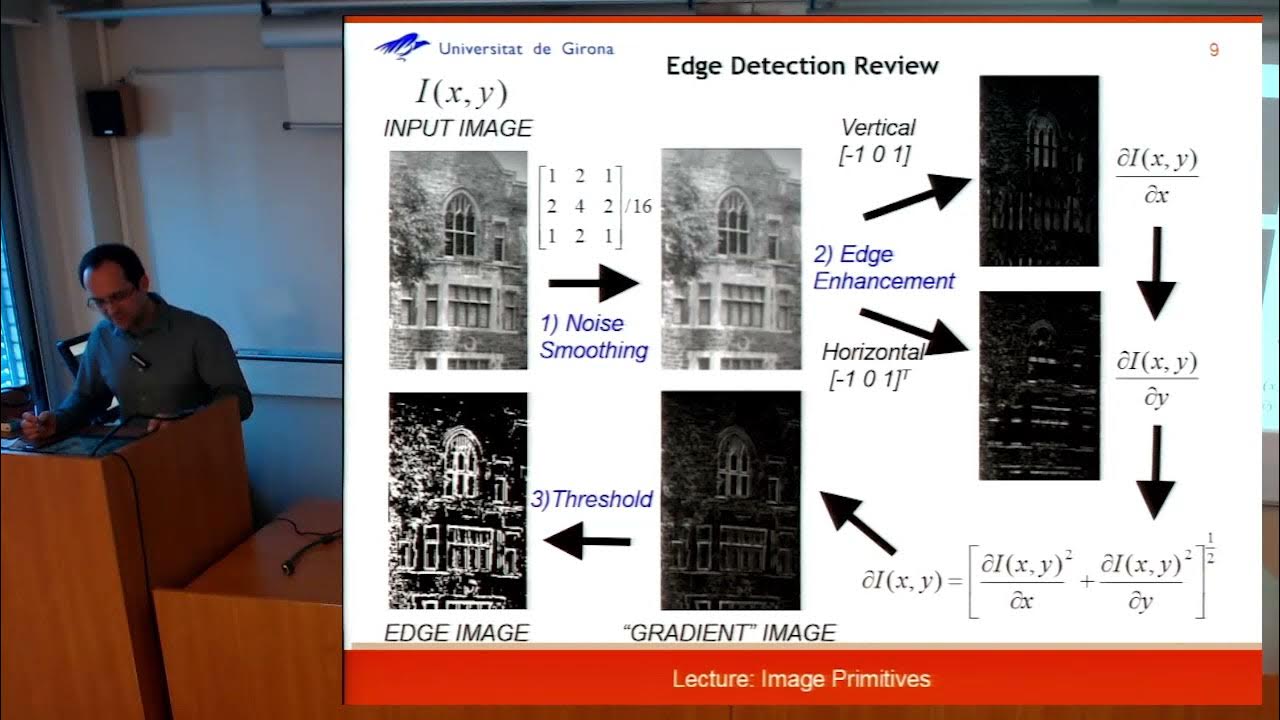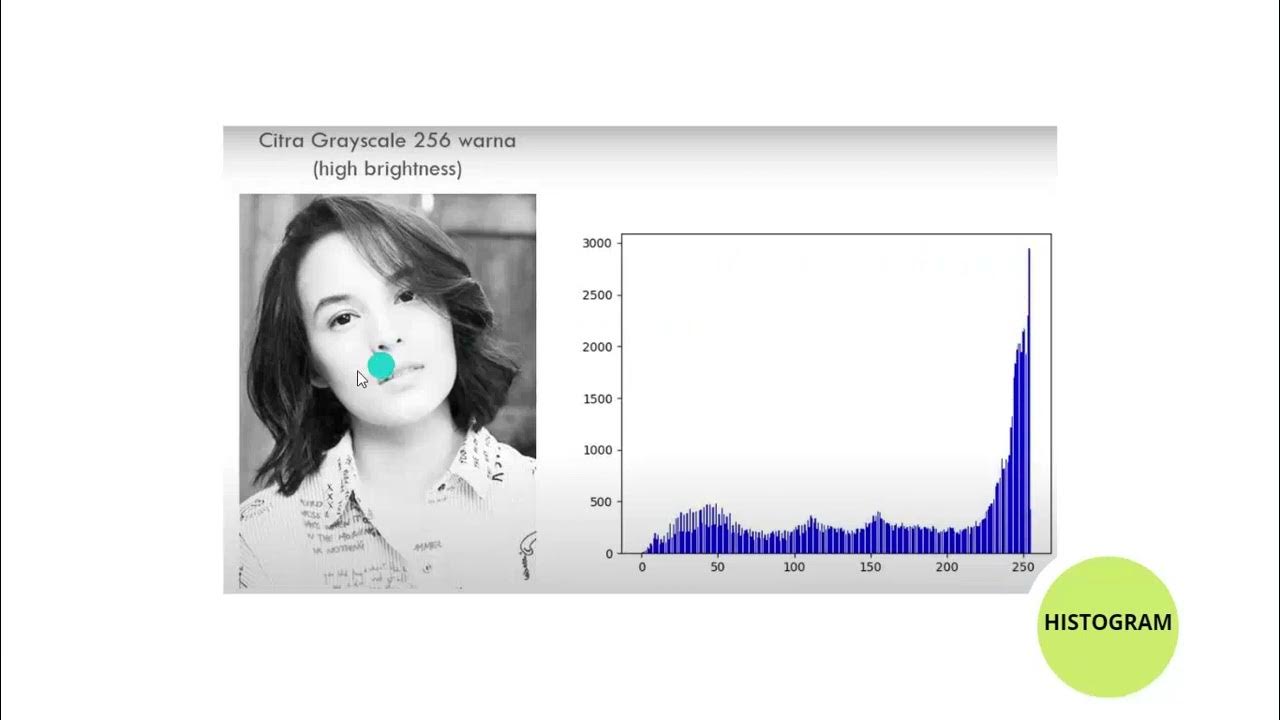Pixels with Color
Summary
TLDRThis video explains how digital images are made up of tiny colored squares called pixels, which combine to create a smooth image when viewed from a distance. The RGB color encoding scheme is introduced, showing how varying intensities of red, green, and blue light can create a wide range of colors. Each pixel is assigned three values, one for each color channel, ranging from 0 to 255. The video also demonstrates how hexadecimal notation can simplify this process, making it easier to represent and manipulate colors in images.
Takeaways
- 🎨 Images are made up of tiny squares called pixels, each with its own color, arranged in a grid.
- 🖥️ To represent images digitally, each pixel is assigned a value that encodes its color.
- ⚫ The simplest image system uses 1 bit per pixel, where 0 means black and 1 means white.
- 🌈 RGB (Red, Green, Blue) encoding allows for color representation by combining different intensities of red, green, and blue light.
- 💡 Combining red, green, and blue light at full intensity produces white; no light produces black.
- 🔢 Each pixel in an RGB system has three values (red, green, and blue), each ranging from 0 to 255.
- 🧮 These values can be represented in binary (8 bits per color channel) or hexadecimal (2 digits per channel).
- 📊 A color in an image can be represented as a 24-bit binary string, with 8 bits each for red, green, and blue.
- 🔍 When zoomed in on a digital display, you can see that each pixel is composed of a red, green, and blue channel.
- 📟 The script shows how to create various colors by adjusting the RGB values and how these colors are represented numerically and in binary.
Q & A
What is a pixel and how is it used to create digital images?
-A pixel is a tiny square of color that forms part of a grid in an image. When viewed from a distance, these pixels blend together to form smooth images with curves and lines. Each pixel has its own color, making up the entire image.
How are colors encoded in a digital image?
-Colors in digital images are encoded using the RGB color scheme. This method assigns three values to each pixel: red, green, and blue. By adjusting the intensity of each color channel (between 0 and 255), any color can be created.
What happens when all RGB channels (red, green, and blue) are at their maximum intensity?
-When the red, green, and blue channels are all set to their maximum intensity (255), the resulting color is white. This occurs because combining all the light creates a bright white pixel.
How does the RGB system represent black in digital images?
-Black is represented by setting all three RGB channels (red, green, and blue) to zero, meaning no light is emitted from any channel, resulting in a black pixel.
What is the numerical range for each color channel in the RGB system?
-Each color channel (red, green, and blue) in the RGB system has a range from 0 to 255. This allows for 256 different levels of intensity for each color.
How is color represented using bits in the RGB system?
-In the RGB system, each color channel is represented using 8 bits. Since there are three channels (red, green, and blue), a pixel is represented with 24 bits in total (8 bits per channel).
How can hexadecimal notation be used to represent RGB values?
-Hexadecimal notation simplifies the representation of RGB values. Instead of using binary, two hexadecimal digits represent each color channel. For example, red, green, and blue channels can be represented as #RRGGBB, where 'RR' is the red value, 'GG' is the green, and 'BB' is the blue.
What does the RGB value '156, 54, 255' represent?
-The RGB value '156, 54, 255' represents a shade of purple. The red channel is moderately high (156), the green channel is relatively low (54), and the blue channel is at its maximum value (255).
How is a single color represented in binary form using the RGB encoding?
-A single color in the RGB system is represented by three 8-bit binary values. For example, the color purple with RGB values (156, 54, 255) can be represented as a 24-bit binary string, where each 8-bit segment corresponds to red, green, and blue, respectively.
What is the significance of using 24 bits per pixel in digital images?
-Using 24 bits per pixel allows for 16.7 million possible color combinations, providing a broad and accurate representation of colors in digital images. This high bit depth enhances image quality by capturing subtle color variations.
Outlines

Dieser Bereich ist nur für Premium-Benutzer verfügbar. Bitte führen Sie ein Upgrade durch, um auf diesen Abschnitt zuzugreifen.
Upgrade durchführenMindmap

Dieser Bereich ist nur für Premium-Benutzer verfügbar. Bitte führen Sie ein Upgrade durch, um auf diesen Abschnitt zuzugreifen.
Upgrade durchführenKeywords

Dieser Bereich ist nur für Premium-Benutzer verfügbar. Bitte führen Sie ein Upgrade durch, um auf diesen Abschnitt zuzugreifen.
Upgrade durchführenHighlights

Dieser Bereich ist nur für Premium-Benutzer verfügbar. Bitte führen Sie ein Upgrade durch, um auf diesen Abschnitt zuzugreifen.
Upgrade durchführenTranscripts

Dieser Bereich ist nur für Premium-Benutzer verfügbar. Bitte führen Sie ein Upgrade durch, um auf diesen Abschnitt zuzugreifen.
Upgrade durchführen5.0 / 5 (0 votes)






